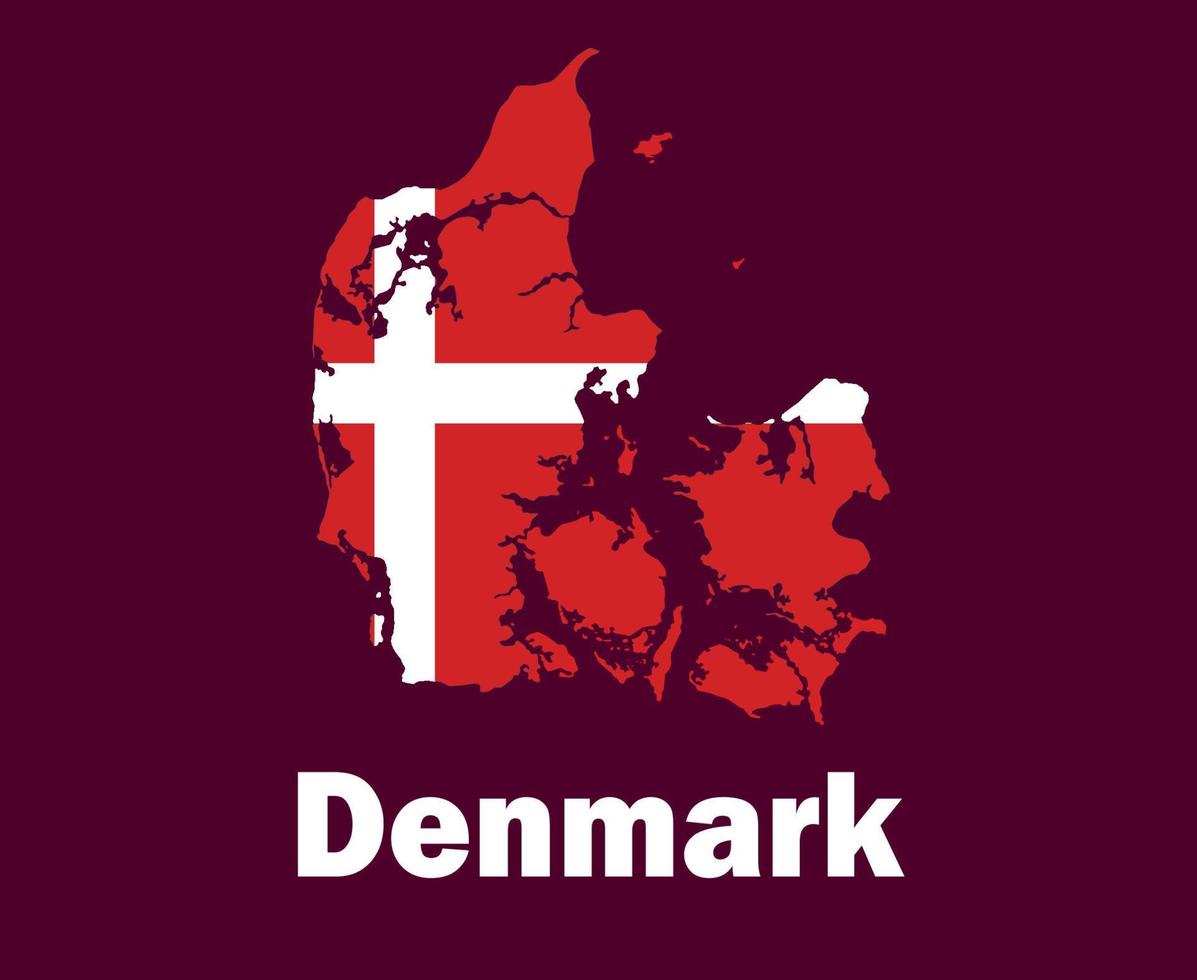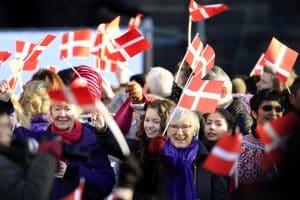Headlines
The History of Denmark: From the Viking Age to the Present Day

Denmark is a country located in Northern Europe. The history of Denmark as a unified kingdom began in the 8th century, but historic documents describe the geographic area and the people living there—the Danes—as early as 500 AD. These early documents include the writings of Jordanes and Procopius. With the Christianization of the Danes c. 960 AD, it is clear that there existed a kingship.
See Population, Official Language And More…

Denmark
The Viking Age (793-1066 AD) was a period of significant importance in Danish history. During this time, the Danes were known for their seafaring skills and their raids on other countries. The Vikings were eventually to establish settlements in Yorkshire in Northern England and in Normandy in the Northwestern part of France.
In 1397, Denmark entered into a union with Norway and Sweden known as the Kalmar Union. This union lasted until 1523 when Sweden declared independence. During this time, Denmark became a major European power, with its territory extending from Greenland to Estonia.
In 1536, Denmark became a Lutheran state following the Protestant Reformation. In 1660, Denmark became an absolute monarchy under King Frederick III. The absolute monarchy lasted until 1849 when Denmark became a constitutional monarchy.
During World War II, Denmark was occupied by Nazi Germany from April 1940 until May 1945. The Danish government cooperated with the occupation forces until August 1943 when it became clear that Germany was losing the war. Following the war, Denmark became a member of NATO and the United Nations.
Today, Denmark is known for its high standard of living, social welfare system, and green energy policies. It is also home to many famous landmarks such as Tivoli Gardens, Kronborg Castle, and Legoland Billund.





